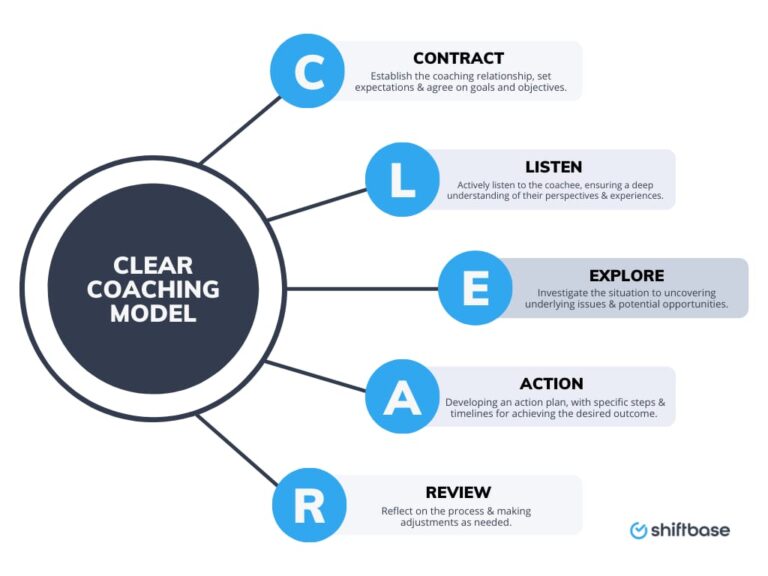Python Rapid Web Application Development: The Complete Guide
Efficiency in web development directly impacts both the development flow and the final software performance. The capacity to quickly create, test, and deploy products can be the determining factor between market success and failure.
According to Statista, Python is the third most popular programming language. It introduces simplicity, readability, and an ecosystem of libraries and frameworks. Due to these characteristics, this language is suitable for rapid web application development. It can streamline complex tasks without sacrificing performance, delivering benefits to both startups seeking to launch quickly and established market players striving to innovate.
This guide describes the strategies and specifics of Python rapid web application development. We will explore practices, tools, and approaches that help developers and entrepreneurs bring their ideas to life in the most streamlined and effective way.
The Advantages of Python for Web Development
There is a wide range of advantages that Python offers, and in case you are seeking to get the most out of this technology, it is reasonable to reach out to a reliable company for Python web development.
Ease of Learning and Readability
Python has clear and intuitive syntax, which is easy to learn, so developers get up to speed faster. This ensures accelerated development milestones, as software engineers can swiftly solve tech problems instead of deciphering complex code. Python’s conciseness can come in handy and bring significant advantages for teams working under tight deadlines.
Extensive Standard Library and Third-Party Modules
Python-based standard library equips technicians with a range of pre-built modules for tasks varying from HTTP requests to data management and manipulation. Besides, Python Package Index (PyPI) also provides thousands of third-party modules, allowing to easily extend functionality without implementing the code from scratch. A solid ecosystem supports rapid development by cutting down the need to build core features manually.
Strong Community Support and Documentation
The Python community is extensive, engaged, inspired, and active, providing many resources for developers, such as tutorials, documentation, and forums. Therefore, developers can get extensive support and find solutions to all the arising issues, further accelerating development efficiency.
Selecting the Right Framework for Rapid Development
Python offers many frameworks that cater to different project requirements, with Django, Flask, and FastAPI being the most prevalent in usage. When the choice is made correctly, such a framework can significantly boost the speed of product development. You can also apply to a trusted IT vendor to seek advice concerning the relevant tech stack for your specific project.
Criteria for Choosing the Appropriate Framework
The framework choice should essentially be made based on the project’s requirements. Django is ideal for full-featured applications, providing a comprehensive set of tools out of the box. Flask, a micro-framework, ensures flexibility and is perfectly suited for lightweight projects. FastAPI, designed for performance, is great at handling asynchronous operations and is perfect for applications requiring real-time data processing.
Benefits of Using Django, Flask, and FastAPI
A solid ecosystem is another reason why to use Python for web development. Let’s briefly cover the values of each option:
- Django. Best for full-featured applications with built-in tools like an ORM, admin panel, and authentication.
- Flask. Suitable for smaller projects or prototypes, offering the flexibility to add components as required.
- FastAPI. Beneficial for performance-critical applications, particularly those needing asynchronous capabilities.
Utilizing Python’s Libraries and Tools
Python’s ecosystem covers libraries like Requests for HTTP requests, BeautifulSoup for web scraping, and SQLAlchemy for database interactions. These instruments optimize everyday tasks, speeding up development.
How These Libraries Speed Up Development
By leveraging the libraries mentioned earlier, developers can accomplish complex tasks with minimal code, saving time and reducing the likelihood of errors. For instance, Requests allows for simple and reliable HTTP requests, while SQLAlchemy automates complex database queries.
Integrating Tools for Task Automation
Automation tools like Celery and Airflow can handle background tasks and workflows, freeing engineering efforts on core application features. This speeds up development and ensures that routine tasks are managed efficiently.
Implementing Agile Development Practices
Agile methodologies, with their centralization of flexibility and iterative development, are excellent for Python web development. By breaking projects into smaller tasks and prioritizing continuous feedback, teams can adapt quickly to changes and deliver features incrementally.
Benefits of Iterative Development and Continuous Feedback
Iterative development reduces the risk of large-scale issues by allowing for continuous testing and refinement. Regular feedback guarantees the project stays aligned with stakeholder needs, ensuring a more polished final product.
Optimizing Development Workflow
Here are some techniques and strategies that can help software developers optimize the development flow and thus increase efficiency.
Setting Up a Productive Development Environment
A well-optimized development environment is inalienable for rapid development. Python supports virtual environments, which help manage dependencies and avoid project conflicts.
Using Version Control Systems for Collaboration
Git is an essential tool for collaborative development. It allows several developers to work on the same project without overwriting each other’s modifications. It also makes tracking changes and managing project history smoother, resulting in a more streamlined workflow.
Leveraging IDEs and Code Editors
Integrated Development Environments (IDEs) like PyCharm and Visual Studio Code (VSCode) offer features like code completion, debugging tools, and integrated terminal access, all of which help skyrocket the development process.
Automated Testing and Continuous Integration
Automated testing is a tried and true technique for top code quality, especially when working under strict milestones. Python’s testing frameworks, such as pytest and unittest, serve as solid assistance in writing and executing tests, as well as catching bugs early in the development process.
Setting Up CI/CD Pipelines
Continuous Integration (CI) and Continuous Deployment (CD) pipelines robotize the process of testing and deploying code, ensuring that new features are quickly integrated and deployed without manual engagement. This practice can substantially help maintain a rapid development tempo.
Enhancing Performance and Scalability
Improving performance and scalability in Python software requires optimizing algorithms to manage growing demands seamlessly.
Best Practices for Optimizing Python Code
Optimizing Python code and database queries can also enhance performance, particularly as applications scale. Techniques like caching and efficient query management can significantly decrease response times.
Utilizing Cloud Services and Containerization
Cloud services like AWS and containerization with Docker provide scalable solutions for hosting and deploying applications. Such technologies allow software engineers to scale their applications as needed and meet demand without extensive infrastructure management.
Conclusion
Python delivers a range of powerful tools and practices that make rapid web application development possible. From opting for the relevant framework to optimizing tasks and implementing agile methodologies, Python is oriented toward a streamlined, efficient development flow.
The ability to develop and deploy web applications quickly can help you stand out from the crowd, be the first one to adopt new technologies and win your industry competition. With Python’s capabilities, developers and businesses can meet dynamic user and market demands while delivering high-quality, scalable applications.
Adopting the practices we’ve discussed can significantly enhance your development speed and project outcomes. Use Python’s full potential and set your projects on the roadmap to success!




